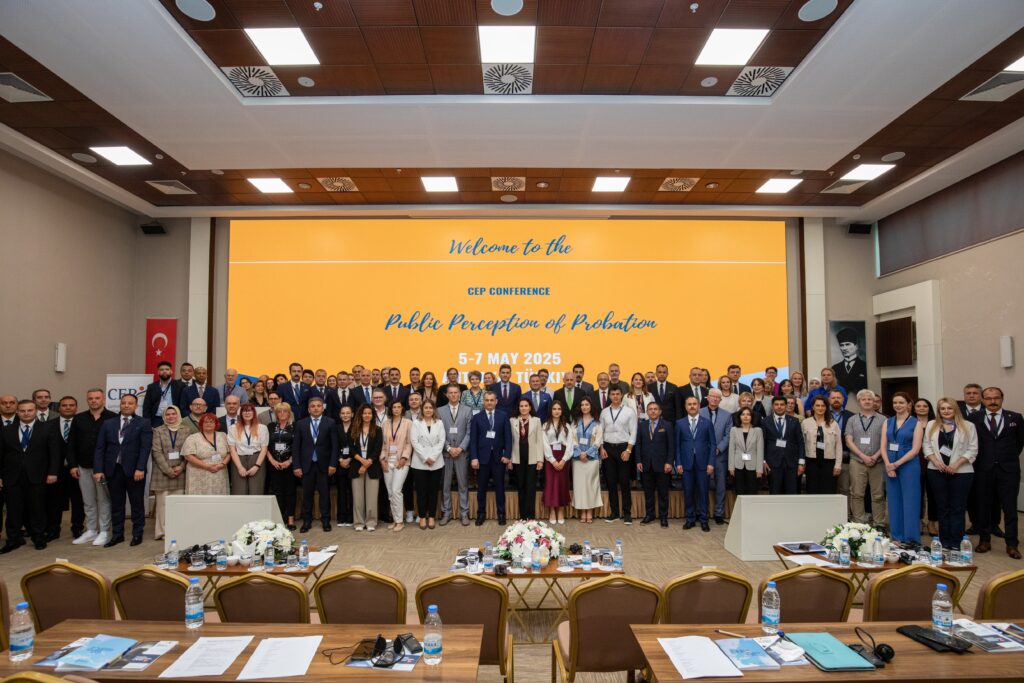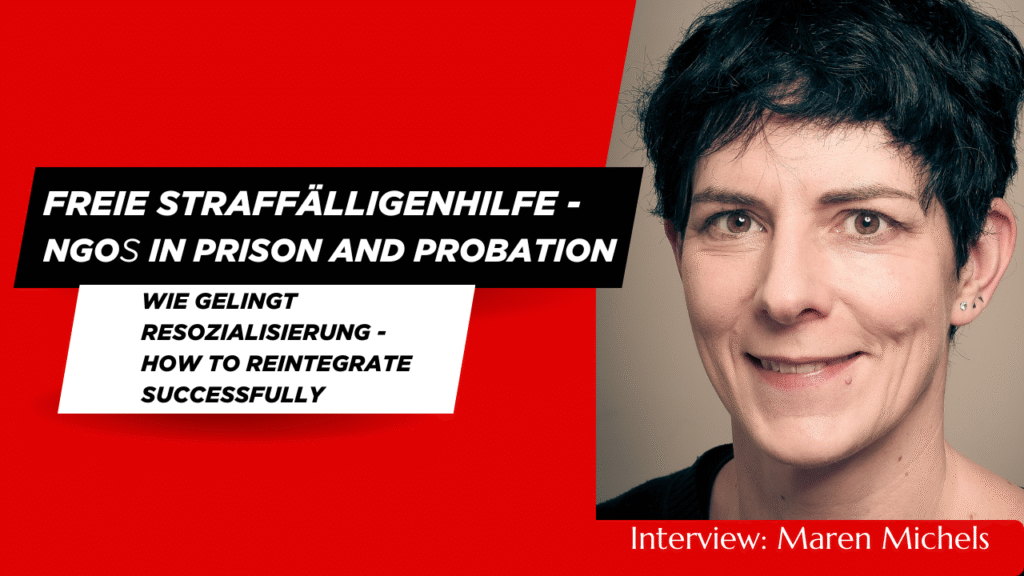Previous Article
News
System Maps – Uploading Underway
Getting a quick fix on the probation arrangements in another European country can be a tortuous business. You could read the “Probation In Europe” chapter in the CEP handbook. But most span over 50 pages of text. You could look at the SPACE II Report. But you’d have to wade through 94 pages of tables and notes to get the data on just one country. The database of Alternative Sentences and Measures gives you an account of the available probation-type sentences, but it’s essentially a lawyers’ document, and the World Prison Brief is a reliable snapshot, but only of prison populations. You can find out about Community Service, or electronic monitoring, but nowhere is there an easily-accessible general probation overview all in one place.
 By Tony Grapes
By Tony Grapes
Enter System Maps. We stumbled upon System Maps in the 2010-2012 DOMICE Project. We quickly realised that we could not “make sense” of one aspect of probation without understanding it within its host correctional system. So we drew little “maps” – schematic diagrams which made it easier to see probation work in the wider context of each correctional system. Colleagues in other countries seemed to enjoy helping to build the maps. Imagery crosses language barriers better than text.
But the DOMICE they were only prototypes. How helpful it would be if the data from all the sources above, and more, could be compressed into a couple of interactive screens?
At the end of 2015 the CEP commissioned us (Tony Grapes and Leo Tigges) to upgrade the whole suite of System Maps. The idea was – and still is – to position a visual map alongside the “Probation In Europe” chapter, so that users have the option of an in-depth read or a “quick fix”. This would surely make the CEP the first port of call for anyone wanting to learn about probation in Europe. It would also support practitioners and managers who need to understand the arrangements in other countries in order to organise the transfer of probation cases under the Framework Agreements.
We started the process at the end of 2015. It took some time to agree the underlying template upon which each map is based. Even now that template is evolving as we learn more about what works best. The source material isn’t as easy to work with as one might imagine. Most of it is written in English by colleagues translating from their own language. It’s remarkable how many different translations people use for essentially the same idea or “product”; whether we should translate these all into some sort of common European probation language, or respect the translations of the different authors is a continuing dilemma.
But it’s also fascinating. Which countries have a fairly sophisticated probation system, but write almost no pre-sentence reports? Where has the prison population been cut by 50% since 2000? Where do you earn more than a day off your prison sentence for every day spent pursuing your rehabilitation plan? Why do some countries view electronic monitoring as a form of imprisonment, while others view it as an alternative to it? Where is the supervision of offenders in the community an integral part of local social services?
The first tranche of 13 maps is being uploaded now. Some are already there – Greece, Finland, Belgium, Romania, Ireland, Spain. Take a look. Generation 1 (DOMICE Project) maps were written in web language, so were difficult to correct or amend. For Generation 2 we’ve found a way to mimic the pop-ups you get on a web page using PowerPoint. This is great because it means you can download the maps yourselves for your own use, and we (CEP) can correct and improve them quickly and at negligible cost.
They maps are just 2 screens. The first is a flow chart of the sentence arrangements, colour-coded so that you can see which aspects are the responsibility of the national “probation service” (however probation is configured and whoever it’s run by). The second screen in a structure chart of how probation is organised. The screens are peppered with little coloured question-dots, from which additional information pops-up as you place your mouse over them – pink for law and regulation, green for metrics and money, yellow for history and other information.

System Maps are great fun to interrogate, and each contains as much of the information from the sources mentioned above as we can squash into a dot! Ultimately, we imagine colleagues using them, spotting errors or places where updating is need and e-mailing us, so that they continue to evolve in detail and accuracy. Together we can create our own Probation-o-paedia.

Related News
Keep up to date with the latest developments, stories, and updates on probation from across Europe and beyond. Find relevant news and insights shaping the field today.
Recap

CEP Events, Communication and Awareness-Raising
Recap: Conference on Public Perception of Probation
06/05/2025
From 6 to 7 May, the CEP Conference on the Public Perception of Probation in Europe took place in Antalya, Türkiye, bringing together over 100 participants from more than 20 countries. The event offered space for open discussion, exchange of experiences, and practical ideas on how probation is seen and supported across Europe.
New

Probation in Europe
New Interview Online with Felix Gerike, a survivor of a knife attack
01/05/2025
What do victims of violent crime need to recover—and what can be done to prevent such attacks?
In the latest episode of Division_Y, Jo Tein, CEP board member, speaks with Felix Gerike, a survivor of the 2023 Brokstedt knife attack in Germany. Felix played a crucial role in disarming the attacker, helping to prevent further harm. He shares his personal experience, reflections on victim support, and his views on justice and policy responses to violent crime.
Probation in Europe
New Executive Summaries for the report on Building Probation Capacity in Spanish and Italian
01/05/2025
Updated

CEP Board, Probation in Europe
New Interview Online: Maren Michels – The Role of NGOs in Probation
22/04/2025
In the newest Division_Y interview, Maren Michels, director of the Hamburg Welfare Association, shares her experiences and reflects on the vital role that NGOs play in supporting people during and after incarceration.
New

CEP Events
Want to Win a CEP Award? See How Finland Did It – Apply for 2025!
22/04/2025
We’re excited to share an exclusive interview with the winners of the Development of National Probation Services Award from the CEP Awards 2022:
The Prison and Probation Service of Finland.
New

Volunteers
International Day for Community Volunteers
17/04/2025
17 April – International Day for Community Volunteers!
Today, we celebrate the inaugural International Day for Community Volunteers Supporting Offender Reintegration—a day dedicated to acknowledging the vital contributions of volunteers who assist individuals in their journey back into society.
This initiative was launched during the 2nd World Congress for Community Volunteers, held alongside the 6th World Congress on Parole and Probation in The Hague (16–18 April 2024).
At CEP, we’re proud to support the official Declaration on the International Day for Community Volunteers. We’re also actively involved in the CoPPer project—a European initiative aimed at promoting community participation in probation services. CoPPer focuses on training volunteers to support individuals under supervision, helping them access education, employment, and community connections.
A heartfelt thank you to all the community volunteers out there—your dedication makes a real difference.
Subscribe to our bi-monthly email newsletter!
"*" indicates required fields
- Keep up to date with important probation developments and insights.

